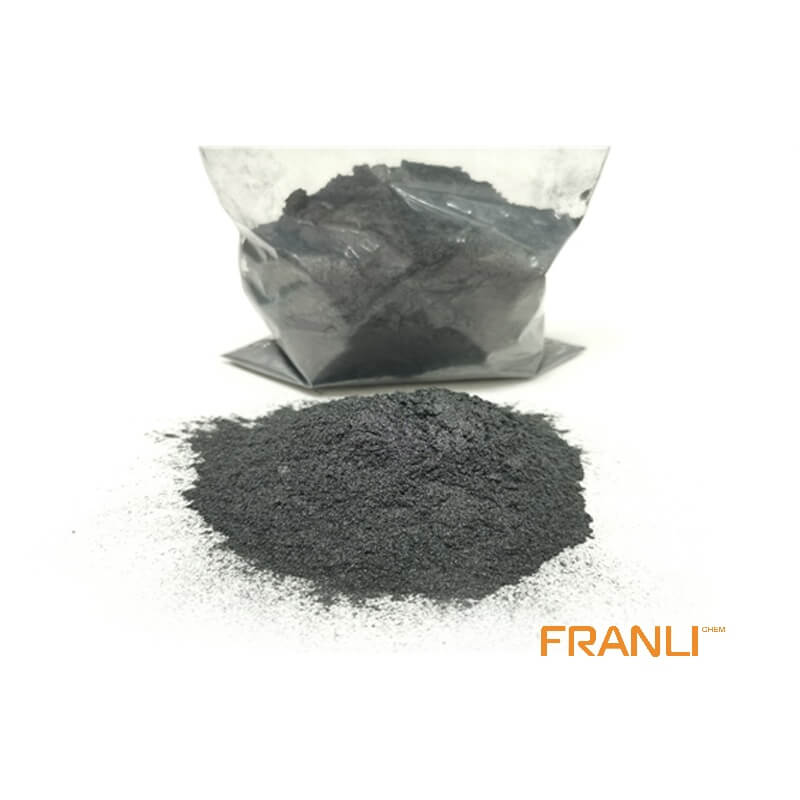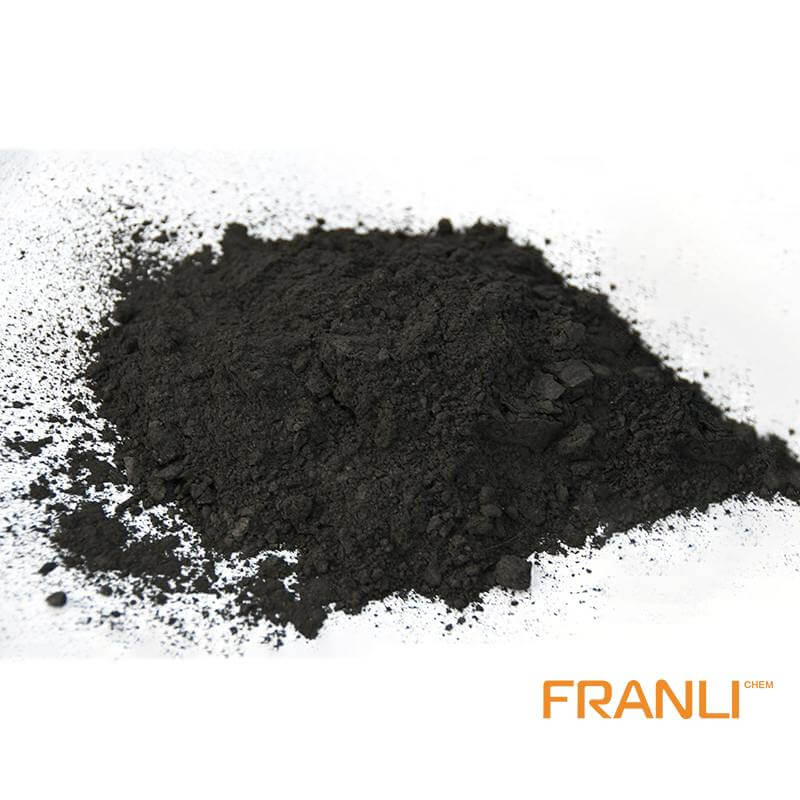

Synthetic Graphite
Size
0.1mm or 2mm, etc
Carbon Content
99%min
Package
25kg small bags into ton bags or ton bags
Features
Thin material, high temperature resistance, etc
Application
Used in computer, mobile phone motherboard, screen, LCD, camera and other equipment. ,etc.
Synthetic graphite sheet, also known as artificial graphite sheet, is a brand-new heat dissipation material. Using advanced carbonization and graphitization technology, thermal conductive films with unique lattice orientation are fabricated by high-temperature sintering at 3000 ℃. It mainly dissipates heat evenly along two directions, and the lamellar structure can well adapt to any surface.
Request a quote
Synthetic graphite has many uses, one of which is to make graphite heat sinks. Graphite heat dissipation film is new heat conduction and heat dissipation material, it has a unique grain orientation, mainly along with the two directions of uniform heat conduction, lamellar structure can be well adapted to any surface, shielding heat source and components while improving the performance of consumer electronic products.
The mainstream of the cooling film has a natural graphite cooling film, synthetic graphite cooling film and nanocarbon thermal film three, including artificial graphite heat membrane, is composed of polyimide (PI) membrane made by carbonization and graphitization, is the thinnest film materials heat dissipation, the thinnest can do 0.01 mm, is widely used in mobile phones, computers, and other intelligent terminal products.

At present, the customers of synthetic graphite thermal conductivity materials are mainly consumer electronics terminal brand manufacturers or their assembly plants, parts manufacturers, etc., which usually adopt strict supplier certification systems, and suppliers need to pass a multi-link comprehensive audit to become qualified suppliers. The supplier certification cycle of large consumer electronics brands is long, usually no less than 6 months. Once the certification is qualified, customers will not easily change suppliers to ensure product quality and stability. This industry has strong customer stickiness.
The rise of synthetic graphite thermal conductivity materials stems from the rapid development of consumer electronics. In 2011, synthetic graphite heat dissipation film began to be applied to smartphones on a large scale, and then expanded in tablet computers, notebook computers, and other products. Developed countries started the industry of synthetic graphite thermal conductive materials earlier, and have rich experience in technology accumulation application and promotion.
Artificial synthetic graphite film is mainly used in smartphones. The amount depends on the performance and requirements of the phone, about 3 to 6 pieces. The parts used include lens, CPU, OLED display, WiFi antenna, wireless charge, and battery.

At present, the main participants in the thermal conductive graphite film industry are Panasonic, Graftech, Kaneka, Carbon Yuan Technology, Zhongshi Technology, Feirongda, and other domestic and foreign enterprises. Panasonic of Japan and Graftech of the United States entered the field earlier, more mature technology is the first. Domestic Carbon Yuan Technology, Zhongshi Technology Feirongda technology, and other mature and relatively leading technologies, and successfully entered the supply chain system of Samsung, Huawei, and other major mobile phone manufacturers.
The development of synthetic graphite thermal conductive materials is closely related to the downstream industry. With the transfer of the consumer electronics industry chain to Asia and the gradual improvement of related industrial facilities in China, domestic enterprises represented by Zhongshi Technology, Carbon Element Technology, Sichuan New Material have achieved technological breakthroughs in the field of synthetic graphite thermal conductive materials. With the advantages of price, location, and service, it began to impact the overseas leading enterprises, and the industry competition pattern changed from monopoly competition to market competition.



